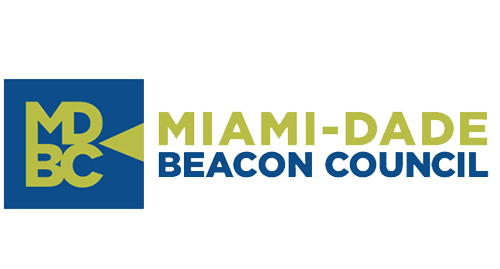
This article first appeared in El Nuevo Siglo on September 2, 2021.
The attention of the health crisis generated by the profound impact of the covid-19 pandemic, raised corruption alarms in the country, according to the latest Doing Business report of the firm PricewaterhouseCoopers (PwC).
The analysis explains that “the crisis caused by the covid-19 and its multiple impacts on the economy has generated a series of fraud risks within organizations, which, in principle, have materialized due to the omission and/or weakening of controls and prevention systems”.
The report indicates that “the main types of corruption that occur in Colombia are: Undisclosed conflicts of interest, solicitation or payment of gifts/bribes/ bribes/kickbacks, influence peddling, contract steering, payments for goods/services not received, among other crimes against public administration.”
The Doing Business report states that “corruption is occurring in multiple ways, from bribery around tests, treatments and other health services, to irregular contracting of health supplies and inadequate emergency preparedness in general. However, in times of crisis, the risk of fraud and corruption persists and tends to increase without discriminating across industries or markets.”
He notes that the Corruption Perceptions Index 2020, published by Transparency International in January 2021, provides an interesting source of information on the level of corruption experienced in 180 countries around the world.
Perception
In 2020 Colombia scored 39 out of 100 points, two points above the Index published in 2019, under which the country scored 37. However, statistically, this variation should not be considered as a significant advance. Colombia was positioned at number 92 in the ranking of the 180 countries that are part of the index (180 being the country with the highest perception of corruption).
On the other hand, the report highlights information published by the Colombian Attorney General’s Office (FGN) in December 2019, in which during this same year movements related to money laundering of more than $6.3 billion (US$1.86 million) were detected in Colombia. However, the most recent 2018 GAFILAT Mutual Evaluation Report on Colombia indicates that there are several estimates of the amounts of money laundered annually in Colombia, indicating that it corresponds to around 5.4% to 7.5% of GDP (US$14.65 billion-US$20.347 billion).
Laundering
The same report indicates that according to the 2019 National Risk Survey of the Financial Information and Analysis Unit (UIAF), it was identified that the crimes that represent the highest threat to Colombia in terms of money laundering are those that threaten public administration: embezzlement by appropriation, prevarication, bribery and extortion, illicit enrichment, drug trafficking, and frontman. The crimes classified as a medium threat are smuggling and financial crimes, and finally, the low threat crimes are hydrocarbon trafficking, migrant smuggling, human trafficking, extortion, and kidnapping.
On the other hand, and regarding Terrorist Financing, it was established that the highest level of threats in Colombia comes mainly from the ELN (National Liberation Army) and the Residual Organized Armed Groups, such as the dissidents of the FARC.
At the local level, the Clan del Golfo was identified as a medium-high threat, followed, at a medium-threat level, by the criminal groups Los Pelusos and Los Caparros. At the regional level, the Sinaloa Cartel and the Jalisco Cartel – New Generation were identified as low threats. Finally, at the global level, the survey rated Daesh (Islamic State) and Hizballah as medium and low impact, respectively, indicating that Colombia could be used by the latter as a transit point.
Likewise, casinos, the money order market, cash smuggling, wire transfers, remittances, electronic currencies, and prepaid debit cards correspond to the most used typologies to repatriate illicit products to Colombia, mainly derived from drug trafficking.














